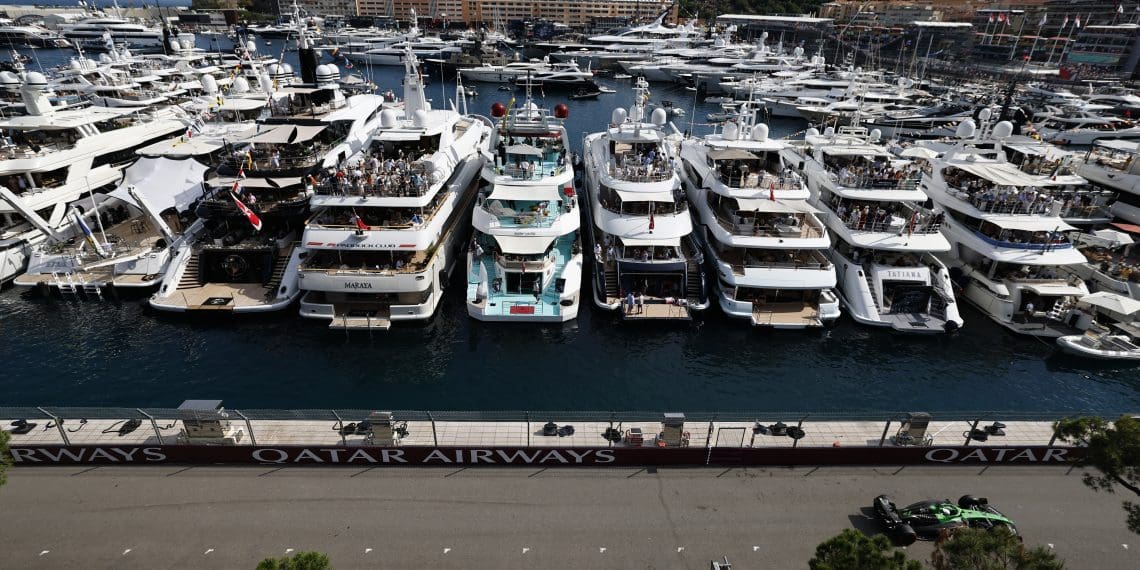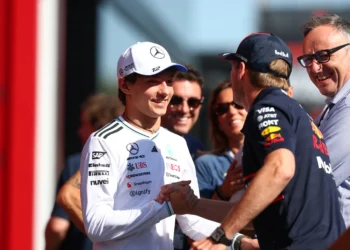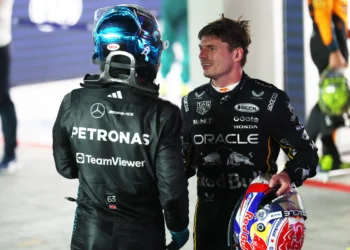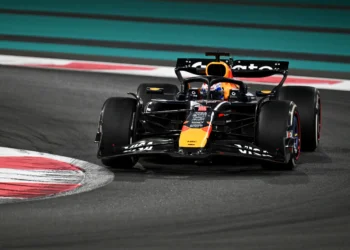The Monaco Grand Prix was rocked by controversy as team tactics took center stage, overshadowing the thrilling race. What seemed like spontaneous strategy gambles were actually well-thought-out plans that shaped the outcome of the event.
Racing Bulls initiated a strategic move that forced Williams and Mercedes to follow suit, creating chaos on the track. The key tactic involved using a second car as a roadblock to disrupt the competition, a cunning strategy on a circuit notorious for its lack of overtaking opportunities.
Team principal Laurent Mekies revealed that the roadblock tactic was a preferred option for Racing Bulls from the beginning. The strategists saw an opportunity to manipulate the race based on where their cars qualified, setting the stage for a dramatic showdown in Monaco.
The plan required precise execution and teamwork from the drivers. Liam Lawson’s selfless sacrifice by holding back competitors allowed his teammate Isack Hadjar to secure a crucial sixth place. Despite the risks involved, the strategy paid off for Racing Bulls, showcasing their strategic prowess.
The ripple effect of Racing Bulls’ maneuver was felt throughout the race, prompting Williams to adopt similar tactics to stay competitive. This move sparked controversy and drew criticism from fans and rival teams, questioning the integrity of the sport.
Despite the backlash, Racing Bulls defended their tactics, emphasizing the need for innovation and adaptability in Formula 1. The strategic gameplay added an element of excitement to the race, challenging the traditional norms of racing.
While the Monaco Grand Prix may have been marred by controversy, it undeniably showcased the strategic brilliance and competitive spirit of the teams. The intense battle for supremacy on the track highlighted the importance of strategy and teamwork in Formula 1, setting the stage for future showdowns in the prestigious event.










